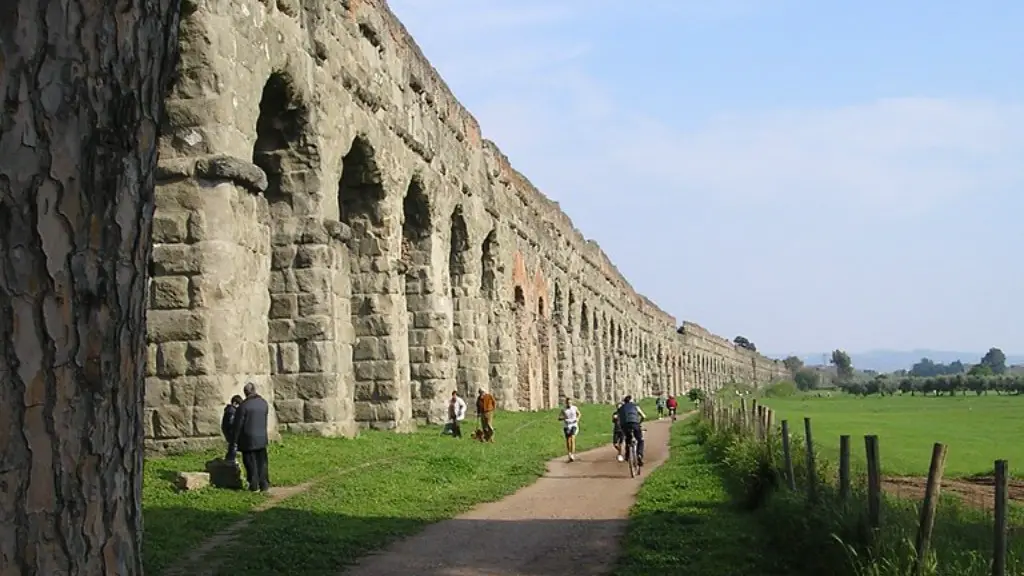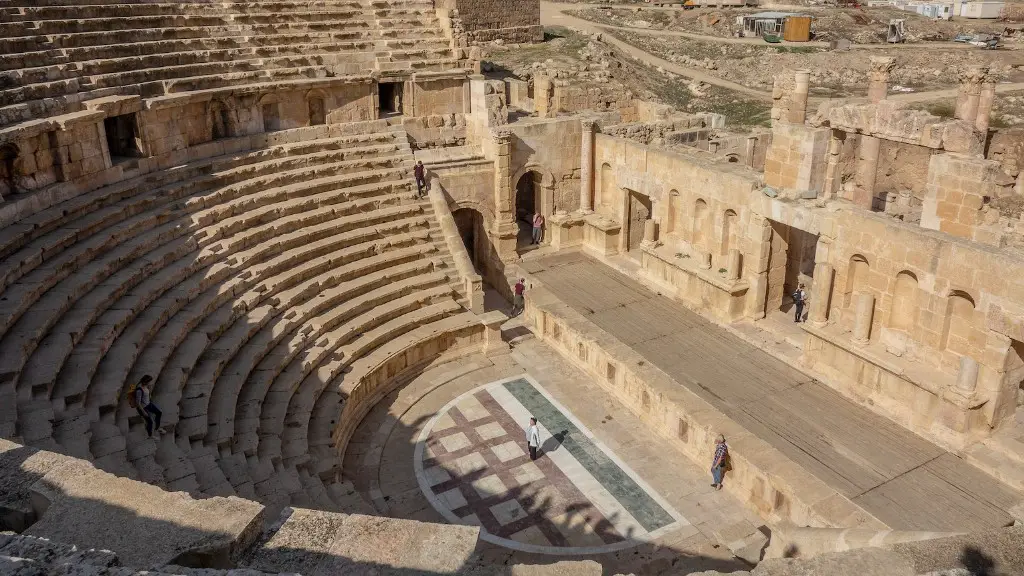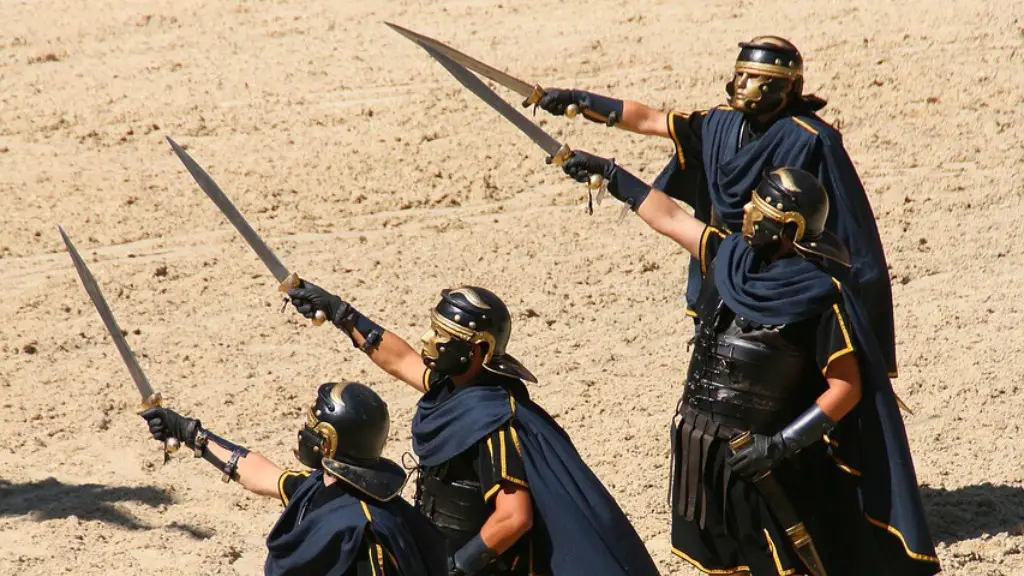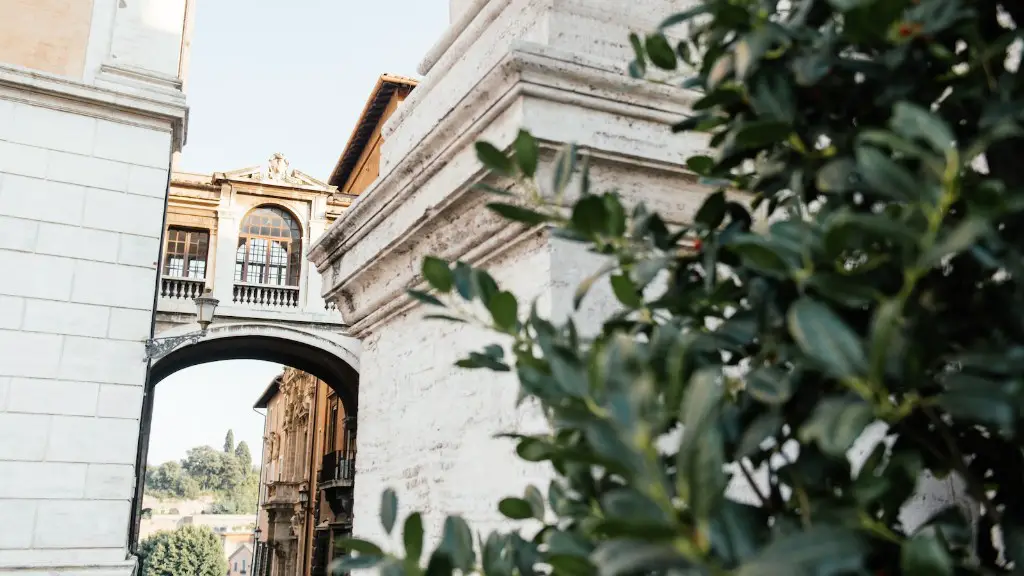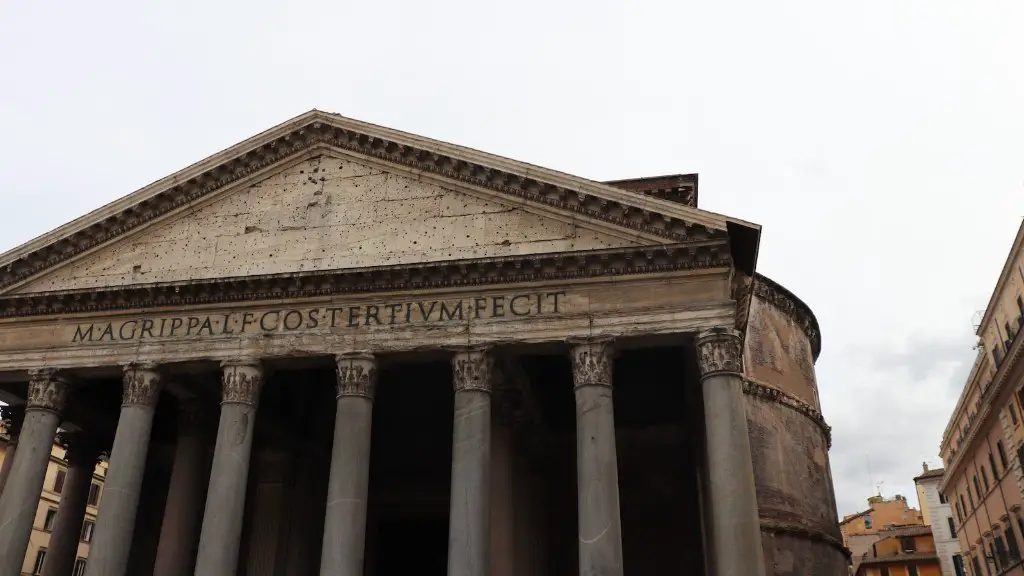The ancient Romans were responsible for some of the most impressive and well-known architecture in history. From the Coliseum to the Pantheon, these buildings have stood the test of time and continue to be popular tourist destinations. But how did the Romans build such impressive structures?
The answer lies in a combination of engineering and construction techniques. The Romans were expert stonecutters and masons, and they developed a system of construction that allowed them to built large, complex structures quickly and efficiently. Roman architects also had a good understanding of the principles of engineering, and they used this knowledge to design buildings that were both beautiful and functional.
The ancient Romans left a lasting legacy not only in their architecture but also in their engineering and construction techniques. modern architects and engineers continue to study the Roman methods in order to learn from their example.
The ancient Romans used a variety of materials and methods to build their historical buildings. Some of the most common materials used were bricks, stone, concrete, and wood. The Romans also used a variety of methods to build their historical buildings, including traditional hand-building methods, as well as newer methods such as the use of machines.
What did the Romans use to make buildings?
Roman builders utilized naturally occurring materials, primarily stone, timber and marble. Manufactured materials consisted of brick and glass and composite materials consisted of concrete. Roman builders were able to utilize these materials to create some of the most impressive and enduring structures in history.
Roman builders employed Greeks in many capacities, especially in the great boom in construction in the early Empire. The Roman style of architecture is characterized by its use of arches and vaults, which are not found in Greek architecture. Roman builders also used concrete, which was unknown to the Greeks.
How did the Romans make big buildings and roofs
The construction of domes was greatly facilitated by the invention of concrete, a process which has been termed the Roman architectural revolution. The enormous dimensions of the Roman domes remained unsurpassed until the introduction of structural steel frames in the late 19th century.
Roman homes were built using high-quality materials such as stone, plaster, and brick. They also had tiled roofs, which added to their durability and aesthetic appeal. Villa ubana were villas that were situated close to Rome, making them convenient for regular visits. In contrast, villa rustica were located further away from the city and were only used during certain seasons.
What construction tools did ancient Rome use?
Roman architects were skilled in the use of tools for leveling work. Some of the tools they used were the hammer, anvil, axe, adze, pick, knife, scythe, spokeshave, plane, chisel, drill, chorabates, dioptra and file. It is certain that some of these tools and techniques have been lost over time.
The Great Wall of China was built using only local materials, not concrete which required large quantities of water and not bricks which could not be locally produced in massive quantities. The wall had a core of earth or clay with stones and was faced with large stones in a soft mortar.
How ancient buildings were made?
The mud-brick was the chief building material in ancient times and was formed in wooden moulds. The bricks were of different sizes and shapes, from small bricks that could be lifted in one hand to large paving slabs. Rectangular and square bricks were both common.
The research team’s findings suggest that the Romans were using a type of concrete that was mixed with water to create a chemical reaction that caused the mixture to heat up to 200 degrees Celcius. This type of concrete, known as “hot mixing,” was likely used by the Romans to create structures that were both strong and durable. The team’s findings suggest that the use of hot mixing was an important aspect of Roman concrete technology and that it was likely used to create many of the iconic structures that we still admire today.
What construction techniques did the Roman Colosseum use
The Colosseum was built using a variety of different materials, including travertine blocks for load-bearing pillars, and tufa blocks and bricks for external walls, stairs, and radial walls. Arches and vaults throughout the structure provided additional support.
The ancient Romans created some of the most impressive feats of engineering in history, including the aqueducts. These amazing structures are still standing today thanks to the use of pozzolanic concrete, a material that is much stronger and more durable than regular concrete. It’s no wonder that the Romans were able to build such amazing and long-lasting structures – with this kind of material at their disposal, they were virtually unstoppable!
What material helped the Romans build large structures?
Roman architecture was greatly improved by the development of concrete. Concrete is easier and quicker to use than cut stone, and its raw materials are cheap and easy to transport. This made it possible to build large structures quickly and cheaply.
The use of salt water to strengthen structures is something that the Romans were quite good at. By blending seawater with volcanic ash, lime and rock, they created a material that got stronger over time. This is something that modern structures could definitely benefit from.
How were Roman castles built
Most forts were built with rectangular boundaries and rounded corners. The walls were commonly constructed from timber or stone set on top of an earthen rampart. Usually, there was a double row of ditches (clavicula) surrounding the perimeter of the fort. The dirt from the ditches was often used to create the sloping rampart.
A Roman villa was a country house built for the upper class. It was divided into three parts: the pars urbana, the pars rustica, and the pars aedilicaria. The pars urbana was the main living quarters, and it included the triclinium, the tablinum, and the atrium. The pars rustica was the farm part of the villa, and it included the kitchen, the storerooms, and the stables. The pars aedilicaria was the public part of the villa, and it included the baths, the library, and the temples.
How did Romans build their cities?
Roman towns were designed in the form of a grid, with streets built at right angles to each other and parallel with one of the two main roads. The streets of Roman towns were between five and eight metres wide. This standardization allowed for ease of movement and trade throughout the empire.
A treadwheel crane is a wooden, human powered hoisting and lowering device that was primarily used during the Roman period and the Middle Ages in the building of castles and cathedrals. The often heavy charge is lifted as the individual inside the treadwheel crane walks.
How were Roman arches built
Roman arches are one of the most iconic and widely recognized features of Roman architecture. They were originally made out of various types of stone, including marble, but later expanded to include bricks and concrete in order to enable mass production. Today, Roman arches can be made out of metal, concrete, or other hard materials.
Roman concrete was a type of concrete used in Ancient Rome. It differed from modern concrete in that the aggregates often included larger components, and hence it was laid rather than poured. Roman concretes, like any hydraulic concrete, were usually able to set underwater, which was useful for bridges and other waterside construction.
Warp Up
Historical buildings in ancient Rome were constructed using a variety of methods, depending on the materials available and the size and scope of the project. For smaller structures, such as houses and shops, walls were typically made of wood or stone and then covered with plaster. Larger buildings, such as public baths and temples, were constructed using a technique called opus incertum, in which large stones were laid in a irregular pattern and then held together with smaller stones and mortar.
There are many ways that people in ancient Rome built historical buildings. Some methods include using slaves, and captured soldiers to do the manual labor, while the more fortunate citizens would have architects and designers create the plans for the buildings. With the technology at the time, it was a very difficult and time-consuming process to build these structures, but the people of Rome persevered and were able to create some of the most impressive buildings in history.
